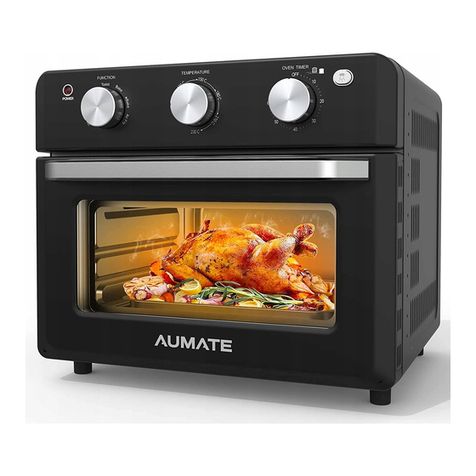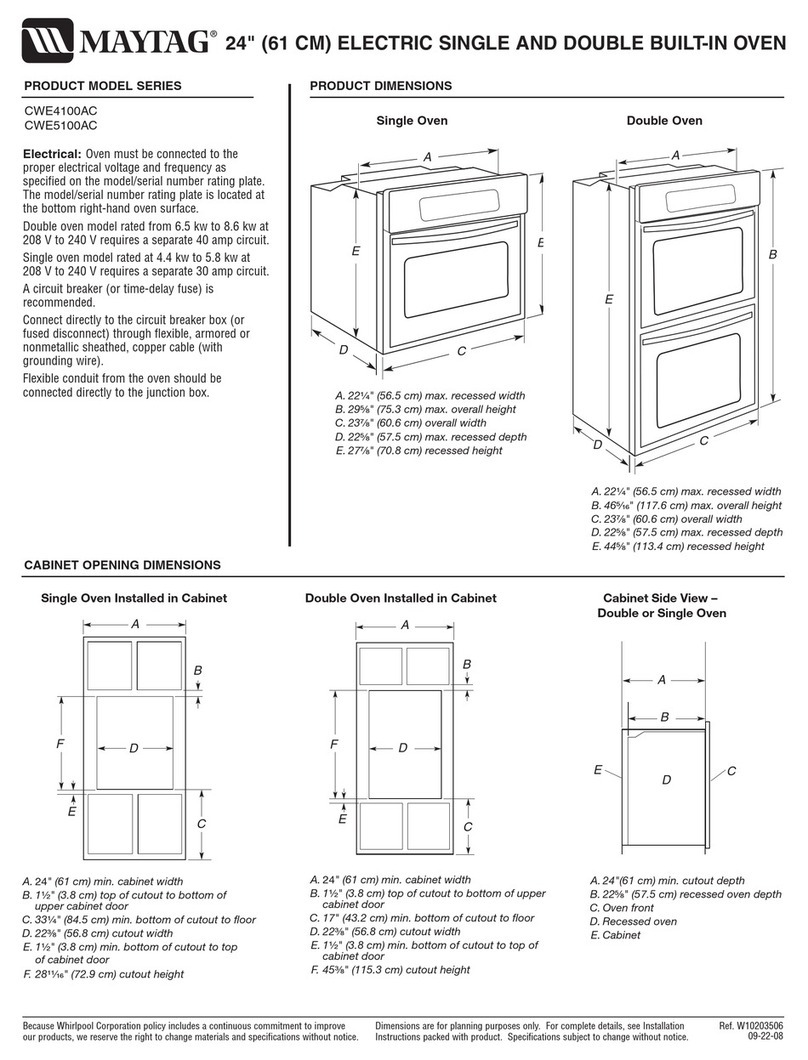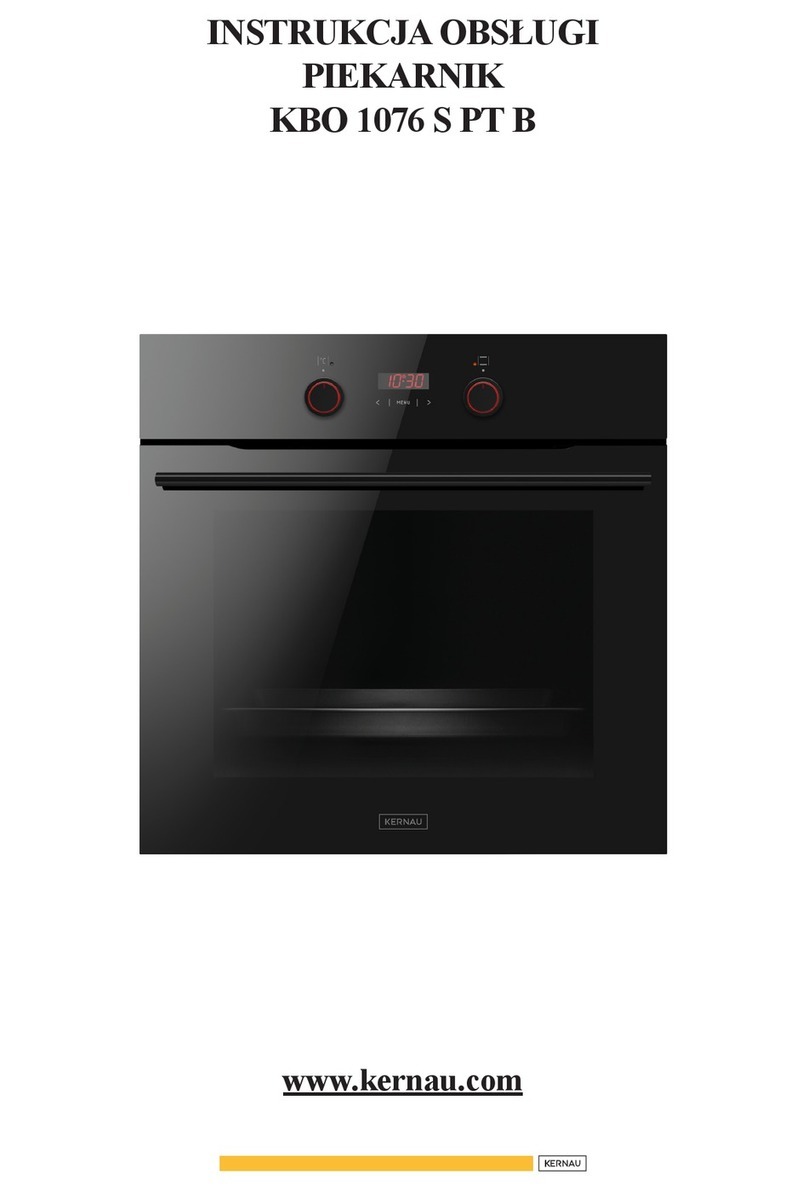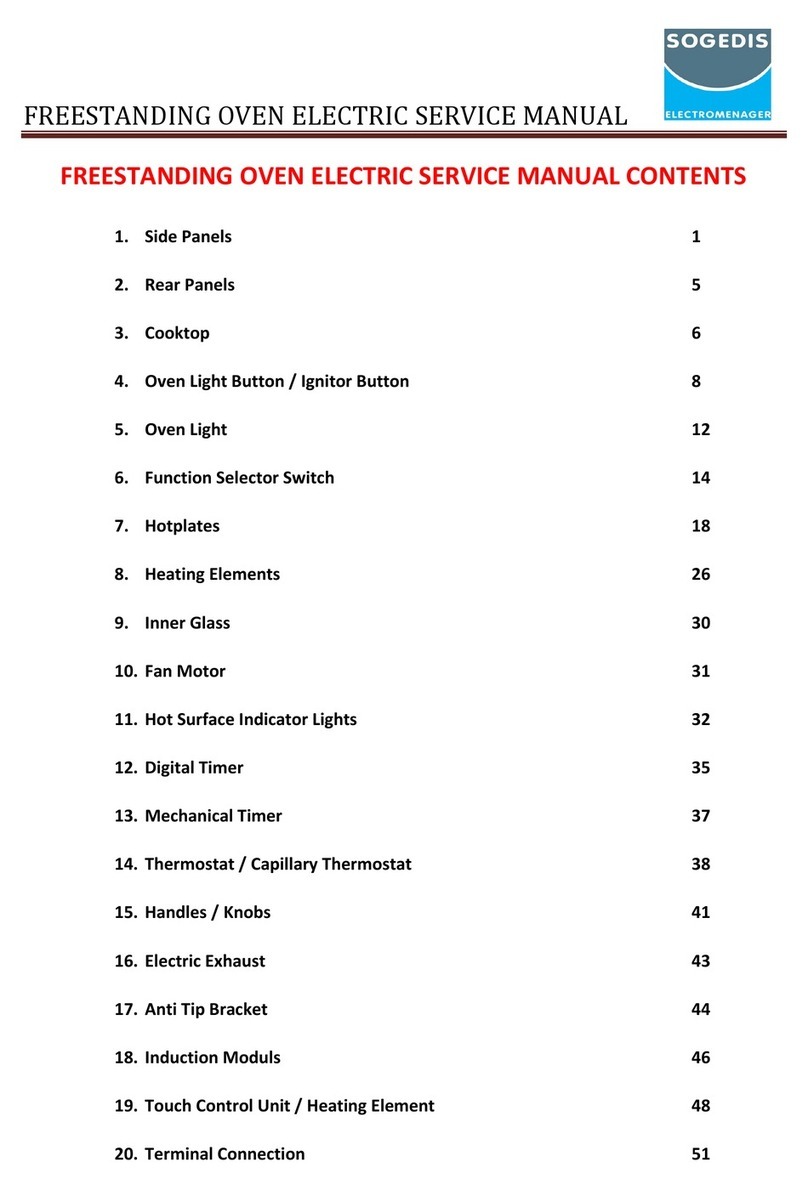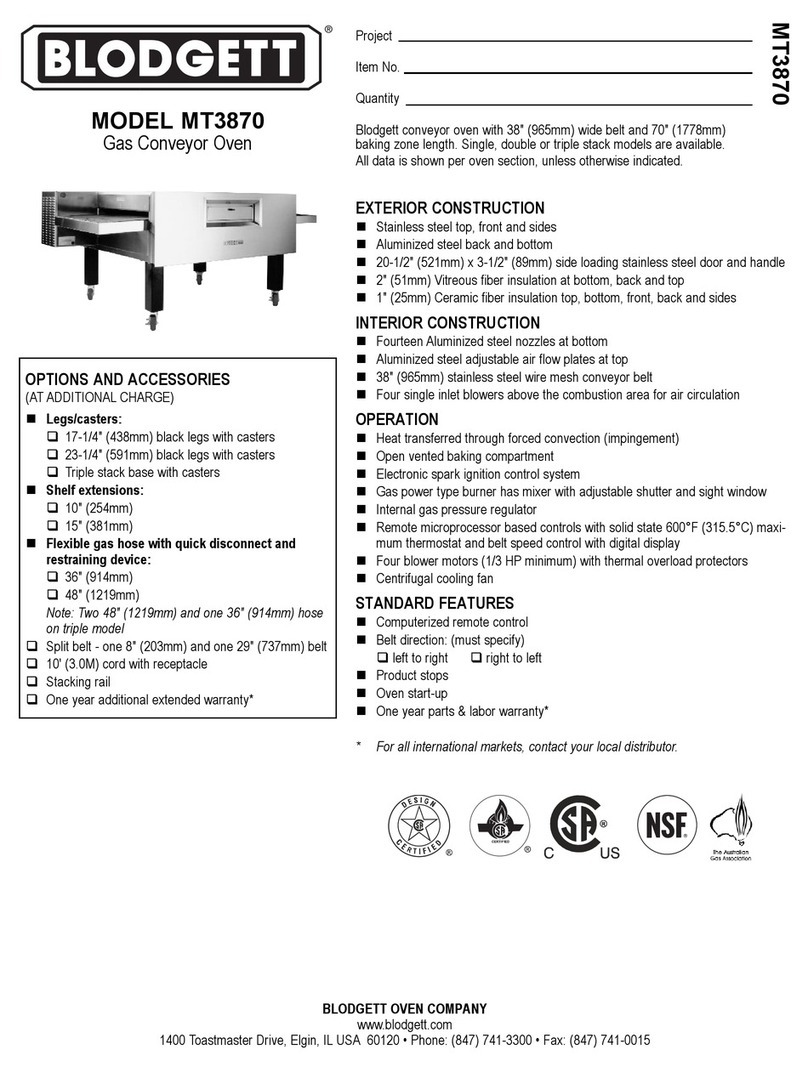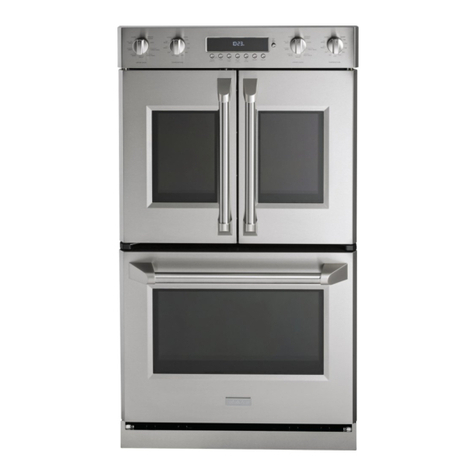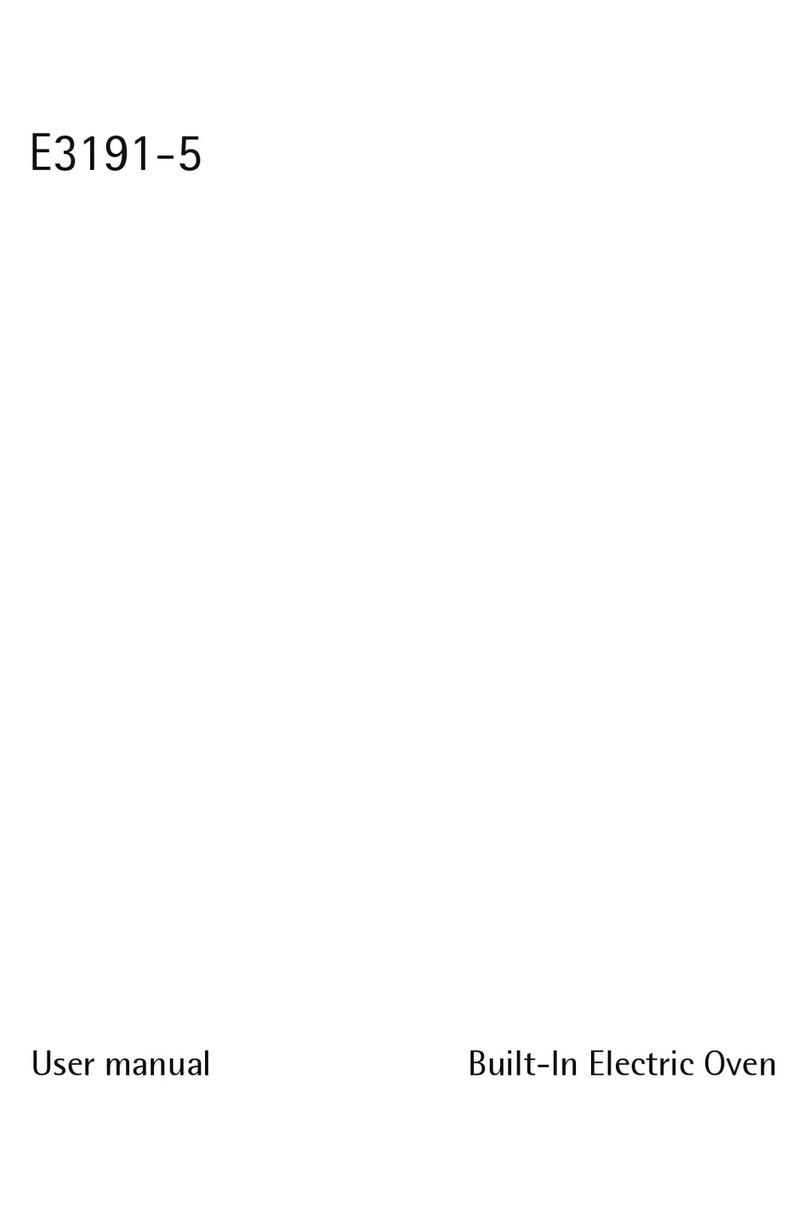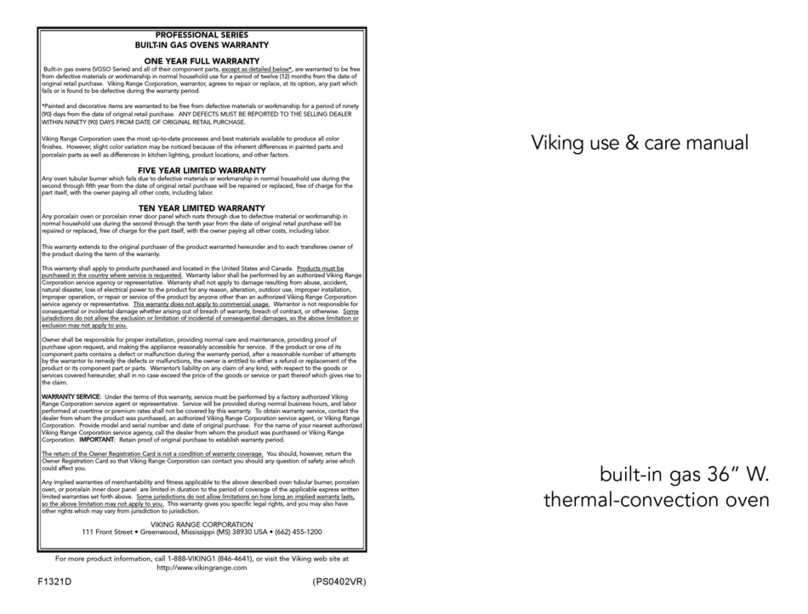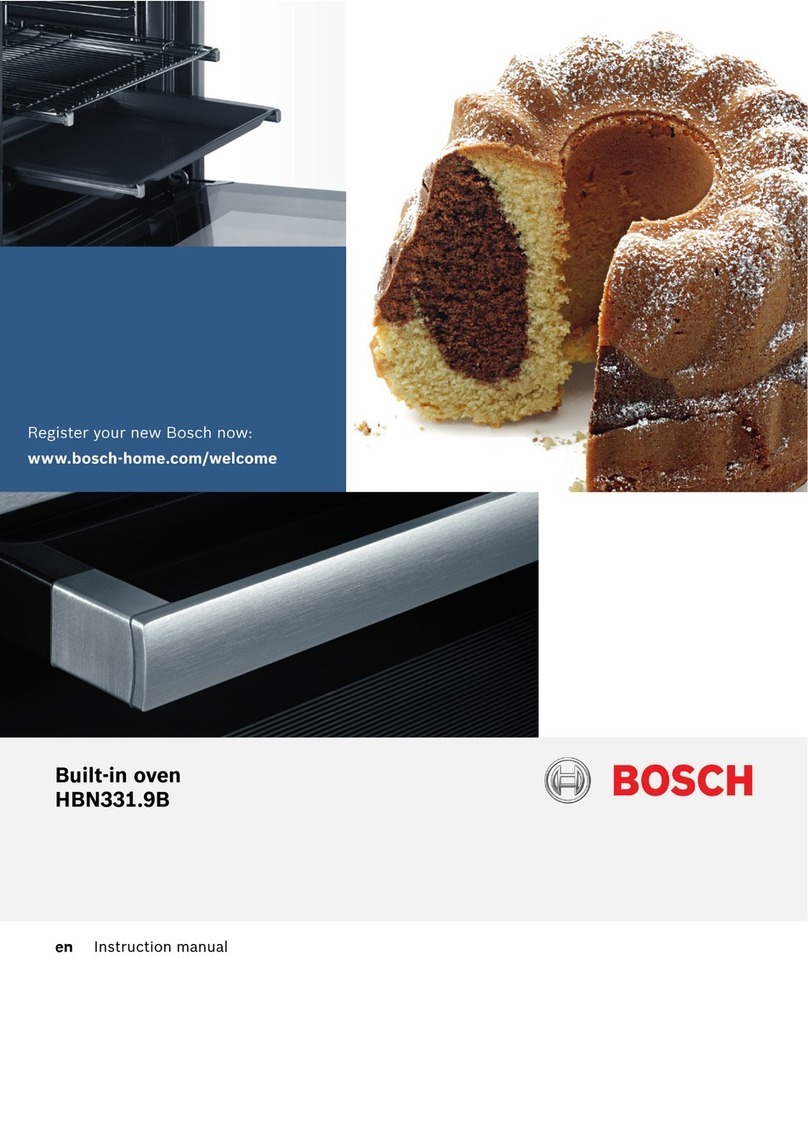
Ifcodespermitandaseparategroundwireisused,itis
recommendedthataqualifiedelectricalinstallerdeterminethat
thegroundpathandthewiregaugeareinaccordancewithlocal
codes.
Checkwithaqualifiedelectricalinstallerifyouarenotsurethe
ovenisproperlygrounded.
Thisovenmustbeconnectedtoagroundedmetal,permanent
wiringsystem.
Besurethattheelectricalconnectionandwiresizeareadequate
andinconformancewiththeNationalElectricalCode,ANSI/
NFPA70-latesteditionorCSAStandardsC22.1-94,Canadian
ElectricalCode,Part1andC22.2No.O-M91-1atestedition,and
alllocalcodesandordinances.
Acopyoftheabovecodestandardscanbeobtainedfrom:
NationalFireProtectionAssociation
1BatterymarchPark
Quincy,MA02169-7471
CSAInternational
8501EastPleasantValleyRoad
Cleveland,OH44131-5575
Electrical Connection
To properly install your oven, you must determine the type of
electrical connection you will be using and follow the instructions
provided for it here.
• Oven must be connected to the proper electrical voltage and
frequency as specified on the model/serial number rating
plate. The model/serial number rating plate is located under
the control panel on single ovens and under the control panel
on the upper oven cavity on double ovens. See the following
illustrations.
Fuse both sides of the line.
• Do not cut the conduit. The length of conduit provided is for
serviceability of the oven.
• A UL listed or CSA approved conduit connector must be
provided.
• If the house has aluminum wiring, follow the procedure
below:
1. Connect a section of solid copper wire to the ends of the
flexible conduit leads.
2. Connect the aluminum wiring to the added section of
copper wire using special connectors and/or tools
designed and UL listed for joining copper to aluminum.
Follow the electrical connector manufacturer's recommended
procedure. Aluminum/copper connection must conform with
local codes and industry accepted wiring practices.
For power requirements for models WOS51 EC7A, WOS51 ECOA,
WOD51 EC7A, WOD51 ECOA, WOS92EC7A, WOS92ECOA,
WOD93EC7A, WOD93ECOA, MEW7527A, MEW7530A,
MEW7627A, MEW7630A, MEW9537A, MEW9627A, MEW9530A
and MEW9630A, refer to the following table.
Voltage Single Single Double Double
Thermal Convect Thermal Convect
240 VAC 3690 W 3720 W 7370 W 7400 W
208 VAC 2790 W 2820 W 5580 W 5610 W
240 VAC 15.4 A 15.5 A 30.7 A 30.8 A
208 VAC 13.4 A 13.6 A 26.8 A 27.0 A
For power requirements for models KEBK171 B, KEBK101 B,
KEBK276B, KEBK206B, KEBS179B, KEBS109B, KEBS277B,
KEBS279B, KEBS207B and KEBS209B, refer to the following
table.
Voltage Single Single Double Double
Thermal Convect Thermal Convect
240 VAC 4090 W 4120 W 8170 W 8200 W
208 VAC 3099 W 3122 W 6190 W 6212 W
240 VAC 17.1 A 17.2 A 34.1 A 34.2 A
208 VAC 14.9 A 15.0 A 29.8 A 29.9 A
For power requirements for models KEBU109B and KEBU209B,
refer to the following table.
Voltage Single Convect Double Convect
240 VAC 5420 W 9500 W
208 VAC 4106 W 7197 W
240 VAC 22.6 A 39.6 A
208 VAC 19.8 A 34.6 A
Single Oven Double Oven
A. Model/serial number plate A. Model/serial number plate
Models rated from 7.3 to 9 kW at 240 volts (5.4 to 7.4 kW at
208 volts) require a separate 40-amp circuit. Models rated at
4.8 kW and below at 240 volts (3.6 kW and below at
208 volts) require a separate 20-amp circuit.
A circuit breaker is recommended.
Connect directly to the circuit breaker box (or fused
disconnect) through flexible, armored or nonmetallic
sheathed, copper cable (with grounding wire). See "Make
Electrical Connection" section.
Flexible conduit from the oven should be connected directly
to the junction box.





















